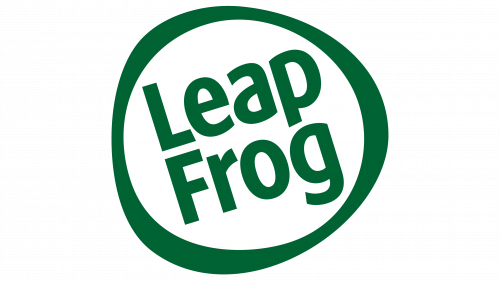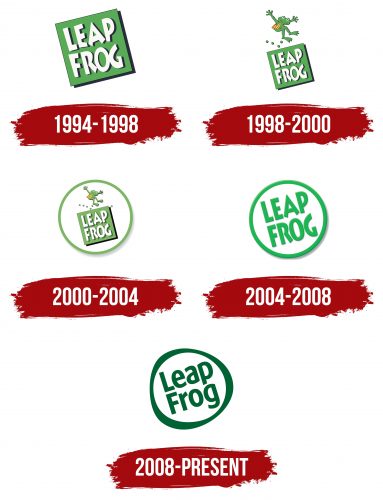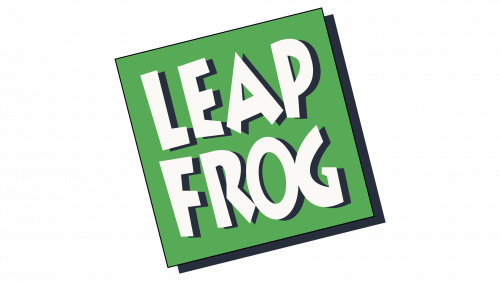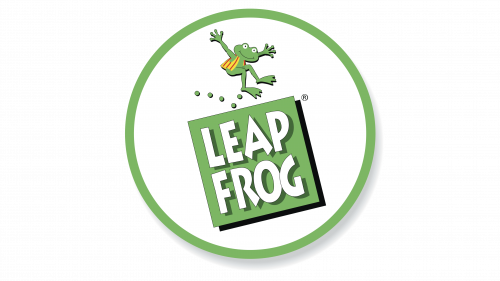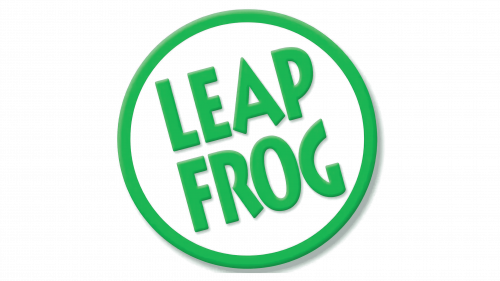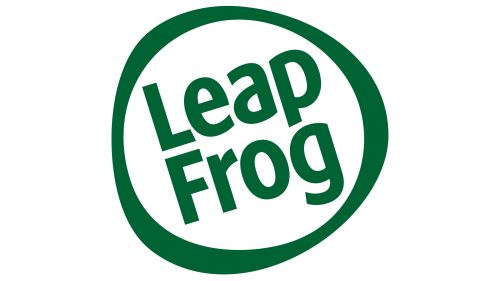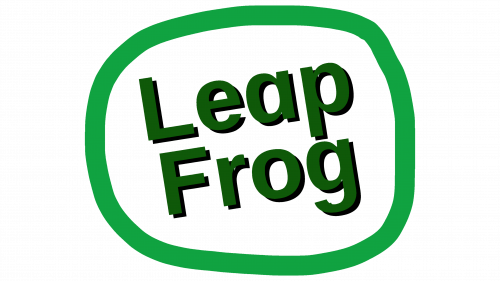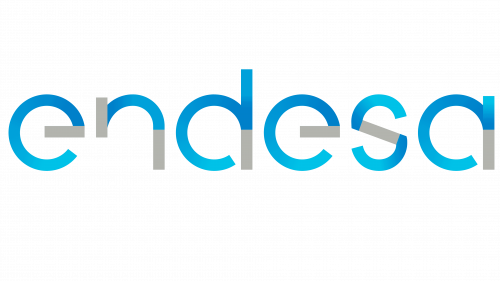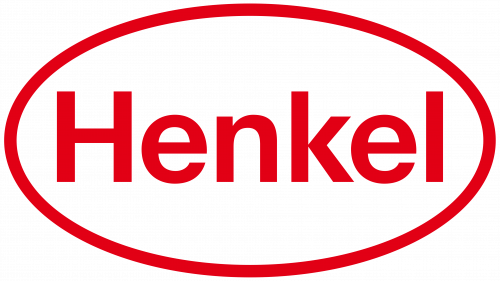The LeapFrog logo emphasizes the brand’s creativity, focusing on making learning enjoyable and accessible for all children. The emblem’s unique design is associated with a progressive approach to education, as the company offers interactive educational games.
LeapFrog: Brand overview
Mike Wood, a father of three and lawyer by trade, decided to develop a cutting-edge children’s educational product in 1994, which marked the beginning of LeapFrog’s existence. He had the notion while attempting to assist his son in learning to read. After realizing that conventional teaching techniques weren’t always successful, he developed an interactive application to improve student engagement.
Wood came up with the idea for a phonics teaching tool that would aid kids in learning to read by having them pronounce letter sounds. This was what he dubbed the “Phonics Desk.” Wood teamed up with technology expert Robert Lally to make his idea a reality, and the two formed the company.
The enterprise concentrated on creating and refining its initial product during the initial years. Wood and Lally developed a prototype, ran several tests, and spoke with education specialists.
Their first product, the Phonics Desk, debuted in 1995. The positive response from educators and parents led the business to extend its range of educational toys.
By 1998, the product line had considerably broadened with the release of additional items, including the LeapPad, an interactive book designed to aid young readers’ development. One of the business’s most popular offerings, the LeapPad, rapidly gained traction in the educational toy industry.
Michael Milken and his brother Lowell launched Knowledge Universe, an educational company that invested in the brand in 1999. These investments helped the firm increase output and accelerate expansion.
An important turning point in development occurred in 2000. The business unveiled the LeapPad Learning System, a ground-breaking item in the market for educational toys. Thanks to this method, children could interact directly with books, improving the effectiveness and enjoyment of the reading process.
The company went public in 2001 after a successful initial public offering (IPO) on the New York Stock Exchange. This gave the business more money for expansion and new product development.
Remarkable growth occurred in 2002 and 2003. New instructional toys for various age groups were added to the offerings. During this time, the enterprise started to expand internationally, joining the markets in Europe and Asia.
2004, the FLY Pentop Computer was unveiled, a novel device that transformed a regular pen into a computer. Youngsters could write and draw with this device and interact with their creations using special paper.
A phase of change occurred in the years 2005–2006. The business started to adjust to the increasing competition from mobile apps and digital gadgets. The firm began creating increasingly sophisticated electronic learning devices during this period.
The LeapFrog Tag Reading System debuted in 2008. It allowed kids to touch book pages with a special pen to hear words and noises, and it became another successful product for the company.
In response to the rising demand for tablets and smartphones, the LeapPad Explorer, a tablet computer intended primarily for educational use, was introduced in 2010.
The LeapPad2, an enhanced iteration of their kids’ tablet, was unveiled in 2012. Numerous honors were given to this device in the education and toy industries.
The line of educational tablets continued to evolve in 2014 and 2015. Additionally, the business started creating increasingly complex learning apps and programs for its gadgets.
The firm’s history underwent a major shift in 2016 when VTech Holdings Limited, a leading manufacturer of electronic learning products, purchased it. This acquisition marked a new chapter in the company’s history by combining the assets and expertise of two key leaders in the educational toy market.
In 2017, as a division of VTech Holdings, the enterprise kept refining its portfolio of educational goods. The LeapPad Ultimate, an upgraded version of its well-liked kids’ tablet, was unveiled. This gadget has a stronger CPU, a better screen, and more safety measures because it was made to cater to the needs of contemporary kids. Positioned as a secure substitute for conventional tablets, LeapPad Ultimate gives parents command over content and usage duration.
Market share in the early learning space increased in 2018 with the introduction of the LeapBuilders line of interactive toys. This line was designed to help preschoolers improve their fine motor skills and fundamental construction abilities. LeapBuilders allowed kids to construct interactive constructions that taught them letters, numbers, and fundamental concepts by fusing physical blocks with electronic components.
In 2019, the business unveiled LeapFrog Academy, an extensive online learning platform. This platform provided a wide selection of educational games and activities covering science, arithmetic, reading, and creativity for kids between the ages of three and six. LeapFrog Academy offers a customized learning experience by adjusting to each child’s unique learning pace.
2020 RockIt Twist, a portable gaming gadget designed to enhance critical abilities through gameplay, was introduced as part of ongoing technological breakthroughs in education. Children’s ergonomics and convenience were considered when designing RockIt Twist, which featured a wide range of mini-games covering many topics.
The LeapFrog Learning Friends series was introduced in 2021 as part of its product line expansion intended for early development. These interactive plush toys introduced toddlers to fundamental ideas through games, music, and phrases. Every toy was made with a specific skill in mind, like counting, learning body parts, or recognizing colors.
An upgraded LeapReader device, which included new speech recognition technology, debuted in 2022. Thanks to this invention, the device may interact with the youngster by correcting pronunciation, replying to their answers, and reading books aloud. The new LeapReader’s two main goals were children’s phonological awareness and reading abilities.
The company aimed to continue producing interesting and useful learning resources while adjusting to meet the evolving demands of parents and kids in the digital age.
Meaning and History
What is LeapFrog?
It is an educational entertainment company known for creating interactive toys, games, and educational aids for children. The company focuses on combining fun and learning by developing products that engage children in educational activities through technology. The product range includes e-learning systems, tablets, books, and educational games. The brand is known for its approach to education, aiming to make learning enjoyable and effective for children of different ages. The products are designed to support children’s early development and help them develop basic skills in a fun and interactive way.
1994 – 1998
The LeapFrog company has proven that learning doesn’t have to be boring and exhausting. The company uses a bright green logo with an informal design without a hint of dull didacticism to capture children’s attention with its educational games. This logo adorned its first product, the Phonics Desk prototype, released in 1994.
The brand name is written diagonally, creating a sense of instability. This symbolizes how LeapFrog turns conventional education on its head, offering a fun alternative to traditional textbooks. The playful style of the text hints at the company’s main products—educational games that have become invaluable tools for parents, caregivers, and teachers.
The font appears somewhat messy due to the uneven thickness of the strokes, irregular letter spacing, and asymmetrical cuts at the ends of the glyphs. Adults might find it unsuitable for an educational brand, but this playful style is precisely what appeals to children. In other words, the LeapFrog logo primarily aims at preschoolers and school-aged children rather than their parents. The company aims to engage children, motivating them to learn numbers and letters in a relaxed, playful manner.
Designers split the brand name into two parts, allowing the text to fit perfectly within the green square. The right side of the quadrilateral is also tilted diagonally, though not to the extent that it could be considered a full rhombus. This arrangement creates a sense of lightness, symbolizing the ease of learning with LeapFrog’s interactive games. The emblem also evokes associations with progress, growth, and development.
The green color has a calming effect, as it aims to set children in the right mindset for acquiring new knowledge. Despite the challenging font, the white text stands out well against this background. The black outlines around the letters and the square base create an illusion of depth, making the logo visually interesting and capturing the target audience’s attention.
1998 – 2000
The brand’s identity evolved alongside it to reflect the modernity of its educational games. Designers retained the green square and white lettering with black shadows, as they had become a recognizable hallmark of LeapFrog. Their playful, dynamic, and slightly bold style effectively conveys the company’s concept of engaging children in learning through interesting educational devices.
The quadrilateral was reduced to make room for a new element—a playful jumping frog in a red and yellow vest. This frog illustrates the brand’s name and creates a fun atmosphere, as children enjoy discovering the world with LeapFrog’s tablets, gaming consoles, “reading” styluses, programmable plush toys, and other products.
The frog is depicted mid-jump, as the dynamic pose is associated with determination. It moves confidently forward as if inviting children to join this exciting journey. The frog is accompanied by four green dots representing its path. These dots are arranged in the shape of a checkmark, a symbol of agreement and a correct outcome. Additionally, the checkmark confirms the high effectiveness of the educational games.
Green continues to dominate the logo and is associated with stability, growth, renewal, and safety—crucial for a children’s product manufacturer. To create a sense of fun, designers introduced new colors: red and yellow. This is a hint that LeapFrog makes the learning process bright and joyful.
2000 – 2004
The developers retained the old emblem concept because it effectively captured the brand’s playful nature. However, a few details were modified to give it a more modern look.
- The frog was reduced in size and shifted to the right, making it clearer that it wasn’t just jumping up but leaping forward across the quadrilateral, having already covered a significant distance.
- A fifth dot was added to the line representing the frog’s trajectory, making the checkmark shape more distinct.
- The thick black shadow was kept only for the quadrilateral, while the letter outlines were changed to gray. As a result, the text appears less bold than before.
- The logo was enhanced with a green ring-shaped border and a light gray shadow at the bottom, giving it a sticker-like appearance.
- Some elements of the letters were aligned, and a dividing line was added between the “O” and “G.” The text became clearer and more legible despite its pale color.
The designers intentionally styled the emblem to resemble a round sticker, as children enjoy playing with them. This positions LeapFrog as a brand focused on preschoolers and early elementary school students. The frog leaping forward symbolizes energy and a desire to explore new horizons.
2004 – 2008
The company’s name was getting lost among many other elements, so the designers removed all the unnecessary details. As a result, the phrase “LEAP FROG” was left without its square base and placed inside a white circle with a green border. The letters were also changed to green, making them more visible against the light background.
Removing the square and the leaping frog allowed the text to be enlarged, focusing attention solely on it. Despite these changes, the logo remains recognizable because the font has not changed. It still features:
- Clear, bold lines;
- Vertically elongated letters;
- Uneven cuts at the bottom of the “A” and “R”;
- An unconventional “G”;
- Small inner letter spaces.
All of this, combined with the diagonal placement of the text, makes the logo dynamic, reflecting the brand’s focus on progress. This progress relates to the invention of new educational devices and the development of children, who can learn letters and numbers and explore the world around them through LeapFrog games.
The text and border both have semi-transparent gray shadows, concentrated on the right and bottom, creating the illusion of an invisible light source. The three-dimensional effect turns the round emblem into a sticker-like appearance, which is a successful choice since children love stickers.
2008 – today
The developers changed the logo’s concept but kept everything in place. The company name remains inside a white circle, split into two lines with a diagonal tilt. However, all the letters, except for the “F” and “L,” have been converted to lowercase and have completely lost their original appearance. Most text is now lowercase to make the brand feel approachable and friendly. This makes the emblem appealing, especially to LeapFrog’s primary audience—children and their parents.
The font has changed, but it remains informal. It is characterized by simple and clear lines that look dynamic due to the combination of sharp angles, smooth curves, and uneven cuts. The new style of the text creates a sense of playfulness and ease, which aligns with the image of a company that produces educational toys.
The diagonal tilt infuses the logo with energy, capturing visual interest. It embodies activity, cheerfulness, and a positive mood, as LeapFrog products evoke only positive emotions. The tilt also reflects the brand’s playful nature, geared toward school-aged children and preschoolers.
The logo’s border has lost its perfectly even shape and now looks like a whimsical ring with three thickened areas. This asymmetry enhances the sense of fun and casualness because children enjoy an informal style. It lacks the strictness that suggests rigid adherence to rules. This reflects the company’s approach to instilling a love of learning through engaging interactive games rather than boring textbooks.
The emblem remains green but has taken on a new dark shade. Its modern and fresh appearance emphasizes the innovative nature of LeapFrog’s products. The dark green color has a calming effect, fostering trust among customers. It also symbolizes energy, vitality, and growth, which aligns with children’s development.
